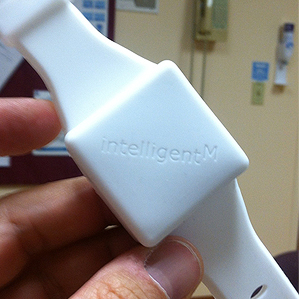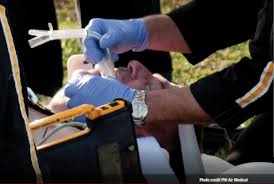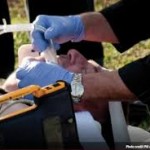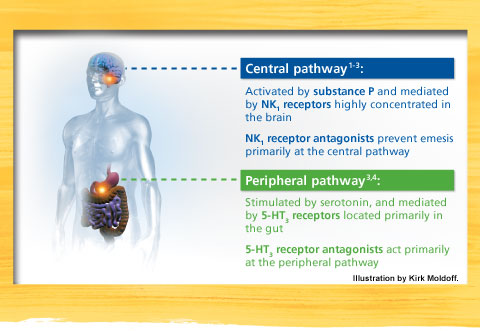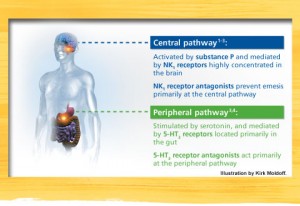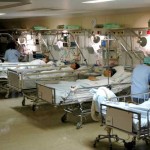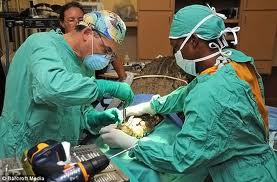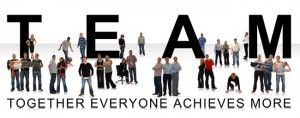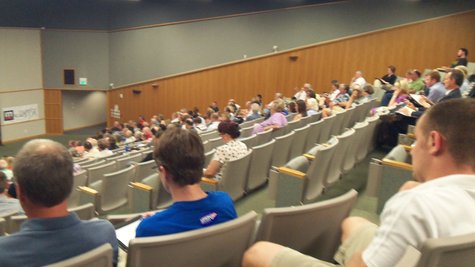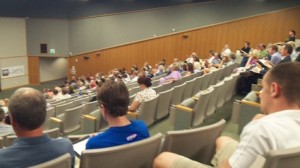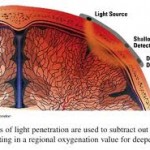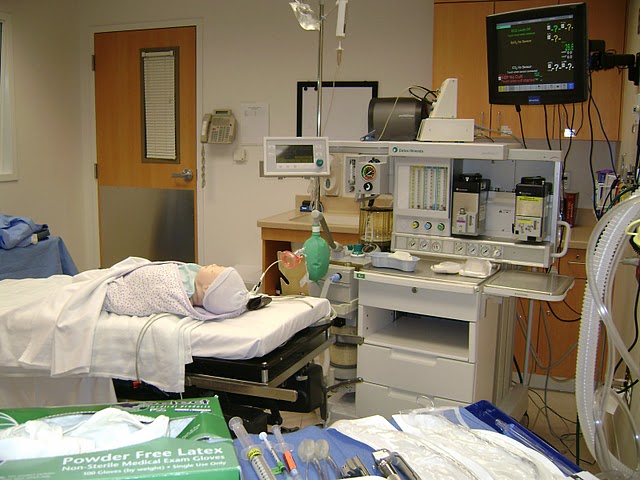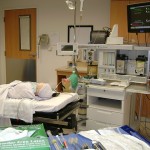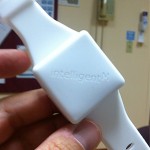 According to the CDC, nearly 2 million people get infections while in US hospitals annually and around 100,000 of those people die. Hand washing is one of the most important and easy ways of reducing the transfer of pathogens from person to person.
According to the CDC, nearly 2 million people get infections while in US hospitals annually and around 100,000 of those people die. Hand washing is one of the most important and easy ways of reducing the transfer of pathogens from person to person.
An Article by By Ruth LeTexier, RN, BSN, PHN (Preventing Infection Through Handwashing) makes the following points:
- In the healthcare setting, handwashing is often cited as the primary weapon in the infection control arsenal. The purpose of handwashing in the healthcare setting is microbial reduction in an effort to decrease the risk of nosocomial infections.
- The CDC has identified handwashing as the single most important means of preventing the spread of infection.5 The premise of the handwashing CDC guideline is infection control. The CDC recommendations for handwashing are as follows:
Handwashing Indications
In the absence of a true emergency, personnel should always wash their hands:
1) Before performing invasive procedures (Category I).
2) Before taking care of particularly susceptible patients, such as those who are severely immunocompromised and newborns (Category I).
3) Before and after touching wounds, whether surgical, traumatic, or associated with an invasive device (Category I).
4) After situations during which microbial contamination of hands is likely to occur, especially those involving contact with mucous membranes, blood or body fluids, and secretions or excretions (Category I).
5) After touching inanimate sources that are likely to be contaminated with virulent or epidemiologically important microorganisms; these sources include urine-measuring devices or secretion collecting apparatuses (Category I).
6) After taking care of an infected patient or one who is likely to be colonized with microorganisms of special clinical or epidemiologic significance, for example multiple-resistant bacteria (Category I).
7) Between contacts with different patients in high-risk units (Category I).
An article by Cory Schultz (A new wristband measures hand washing compliance by healthcare providers) describes a new product which improves handwashing compliance:
- The creators of IntelligentM have designed a bracelet/wristband that vibrates when the wearer has scrubbed their hands for a sufficient length of time.
- An accelerometer can detect how long an employee spends washing their hands; the wristband buzzes once if the procedure is done correctly and three times if it’s not.
Click here to read about the new handwashing bracelet and how it can improve compliance with CMS and CDC standards.






